Leveraging agriculture for nutrition in South Asia? Afghanistan?

I was somewhat surprised to be in Afghanistan in June 2014, a country which was new to me before LANSA first took me there. It is the high rate of malnutrition in a predominantly rural economy that makes Afghanistan an important country to LANSA. The national average for child stunting has apparently dropped from about 60% to 40% from the mid-2000s according to the latest National Nutrition Survey conducted in 2013, and there are still provinces with U5 stunting of 70%. All the LANSA cross-cuts of a) fragility – both environmental and political; b) gender; and c) innovation are relevant. And a high level of dependence on cross-border economic trade makes agribusiness an interesting and challenging subject for value chain studies.
For many outsiders, conflict probably defines Afghanistan. Security was uppermost in my mind on my arrival, but my first impression was of hordes of girls in the streets returning home from school. Surely a promising sign? In ten days of visiting public sector bodies and NGOs it seems that I saw more of Kabul than my principal DFID contact had seen in 18 months. Nevertheless, my good intentions to get beyond the concrete blocks, security checks, guns and tension of Kabul and into the rural areas where agriculturalists should work were frustrated by logistical problems.
I squeezed my first visit between the Presidential election and the intended date of release of the results. When I returned in October, the election results had still not been published – but a compromise had been engineered between Ashraf Ghani as President, and Abdullah Abdullah who assumed the unconstitutional position of Chief Executive Officer. There was an air of optimism of which I took advantage to visit Balkh and Samangan Provinces in the north. It was refreshing to discover how well trees, crops and flowers can grow at the edges of the streams and rivers that flow from the mountains through precipitous gorges. Where there is no irrigation it is indeed very dry. With the threat of average temperature rises of up to 6C in the north whereas in much of the rest of the world we are worried about 2C, climate change and environmental fragility are going to be really important elements in finding sustainable enhancements to agriculture and nutrition.
People were less optimistic in April this year when I went to implement training with the Afghanistan Research and Evaluation Unit (AREU) in Kabul for the initial landscaping study of agriculture and nutrition stakeholders and policies. Since then, the ongoing insurgency in certain provinces, and a number of individual attacks in Kabul and elsewhere have raised the level of tension. Nevertheless, during May and June I was able to visit Jalalabad in Nangarhar Province, and Kandahar city, to follow up the interviews that had been conducted there.
Afghanistan has a small population compared with Bangladesh and Pakistan, to say nothing of India. Nevertheless, the diverse geography and ethnic demographics make Afghanistan particularly complex for governance. I don’t think anyone knows exactly how tribalism, the drugs economy, corruption and security threats interact with the central administration in Kabul, Provincial and District governments, the humanitarian and development programmes of NGOs and the international community, and the pervasive and often contradictory influences of neighbouring and distant states.
It has been quite an experience to be able to compare different peoples’ narratives, observe the agroecological contrasts between Provinces, and also identify the significant diversity in context between Districts. The questionnaire results and interview transcripts have been translated from Dari and Pashto to English and are almost ready for analysis. We have only held debriefing sessions after the interviews so far, but are finding that policy making and implementation are fragmented, with significant intervention and communication gaps between and among policy makers at different levels from different institutional backgrounds, and between authorities and intended beneficiaries.

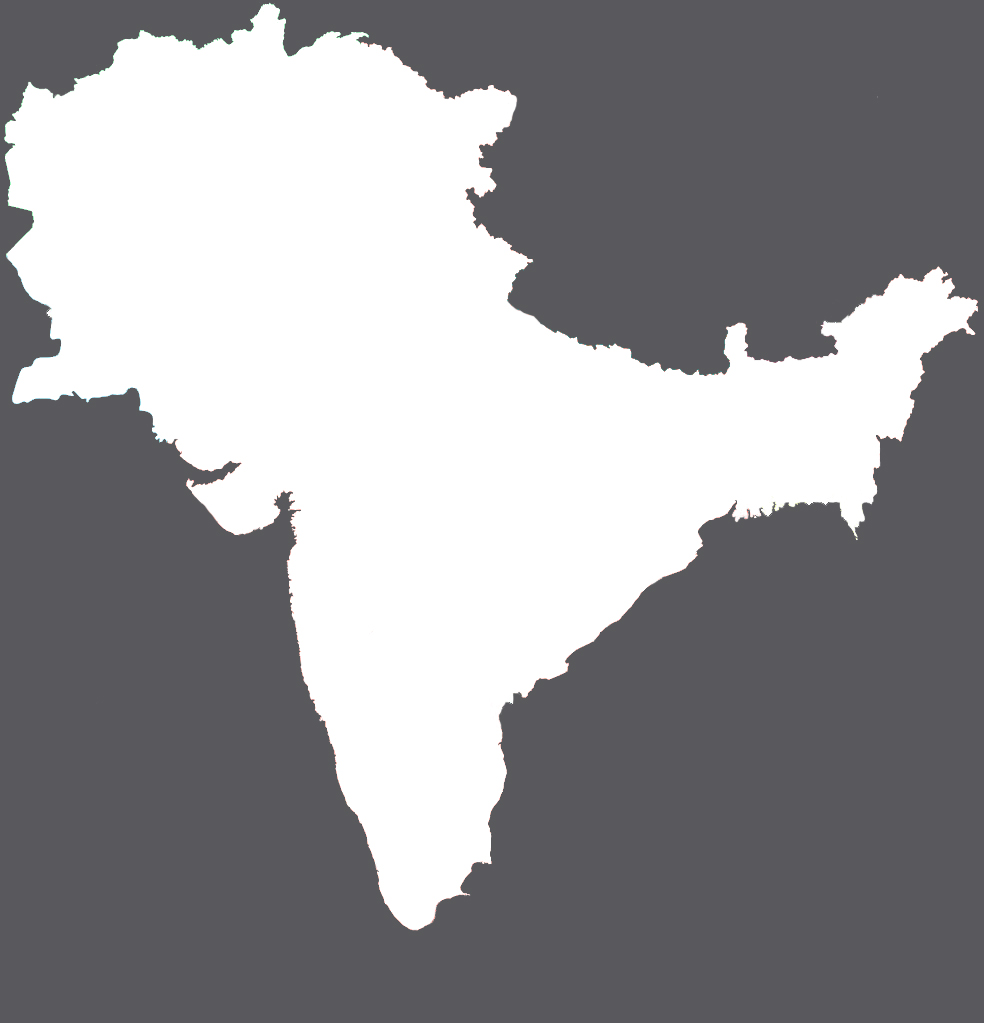
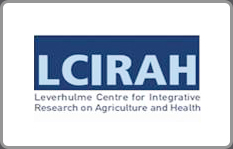
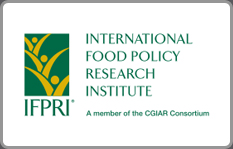
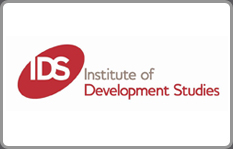


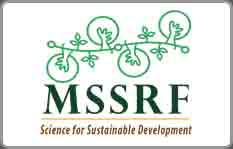
Add new comment